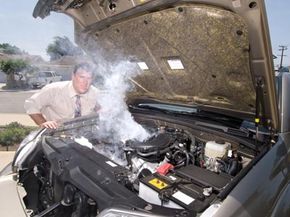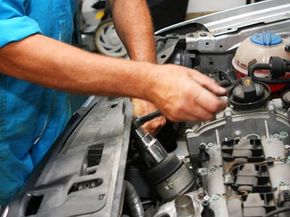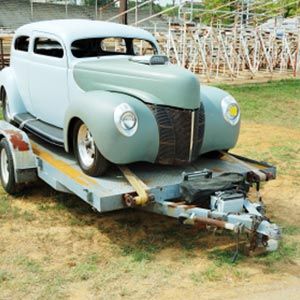When you carry small objects, like a book or a bag of groceries, you probably don't notice too much strain. It's easy to carry small things around without breaking a sweat; you might even be able to toss them from one hand to the other. But when the weight of the object increases, the act of carrying becomes more difficult. Carrying a couch or a television, for example, is much harder than carrying a book. Your body will need to work harder and expend more energy to carry the extra weight, and chances are you'll sweat a little in the process.
The same principles apply to our cars. When they're only carrying the driver, cars run easier and use less fuel. If you've packed up your car with every item from your apartment and are moving across town, you might notice the vehicle moving a bit more slowly, and your gas mileage would certainly decrease.
Advertisement
Whether it's our bodies or a car engine, carrying extra weight requires extra energy, and extra energy creates excess heat. The great danger in these situations is overwork and overheating. Too much heat can damage your engine, which can lead to expensive repairs or, even worse, breakdowns on the road. The same is true for your vehicle's transmission.
Tow vehicles carrying thousands of extra pounds of trailer weight do much more work than regular cars and they create lots of heat under the hood. Because of this, many people who tow install transmission coolers into their trucks, SUVs or recreational vehicles. How do they work? Is there one type of transmission cooler, or are there several different kinds to consider? How are they installed?
Advertisement





